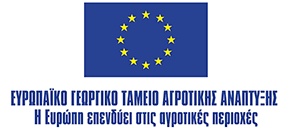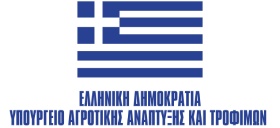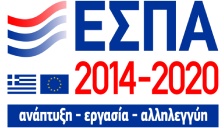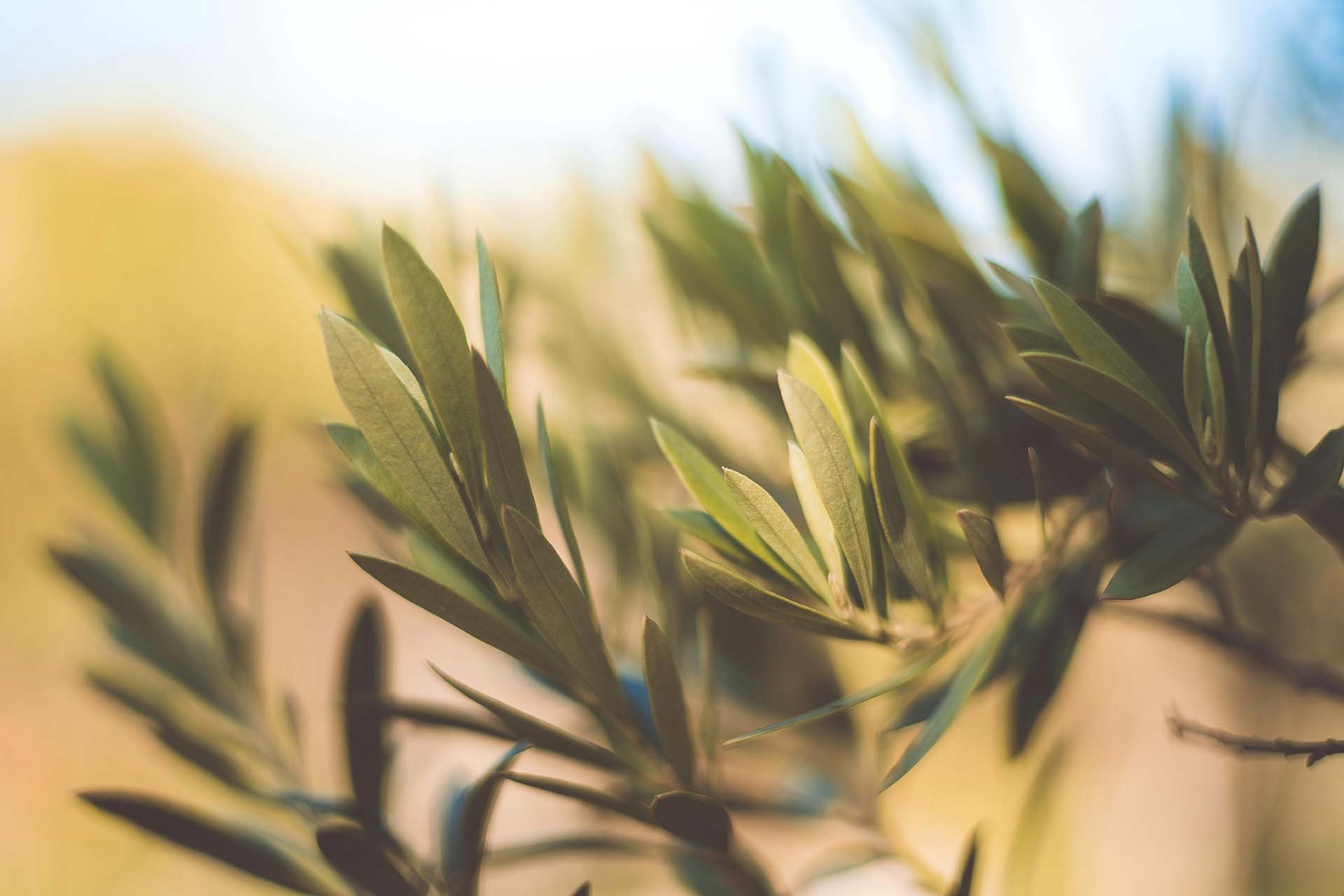Olive cultivation is one of the most dynamic crops that has the potential for the adoption of modern tools for the identification of the parameters that determine the quantitative and qualitative characteristics of production. For this reason, there is a need to identify the basic information levels that determine the quantitative and qualitative characteristics of production, such as microclimatic zones, olive grove topography and soil zones. The methodology developed for mapping the variability will be documented in a protocol, with the aim that the methodology can be applied accurately and reliably on a larger scale.
Project objective: Olive cultivation in the Greek territory is one of the most dynamic crops that presents potential for the adoption of modern management tools. The olive groves of the two pilot areas have particular qualitative characteristics which should be identified in detail, mapped, associated with the “terroir” of the area and highlighted in order to increase the market potential of the products. The term ‘terroir’ describes the climatic and geophysical aspects of a particular area and shows how the environment influences the final product.
In the current situation, olive products are not differentiated in terms of marketing according to the microclimatic and soil conditions (terroir) of the production fields. However, it has been shown, on the basis of international literature, that this variability also leads to a corresponding variability in the quality characteristics of olive grove products. However, to date, these qualitative characteristics have not been determined on the basis of the soil and climate conditions from which they originate, mainly for economic reasons (high cost of analyses) and lack of the necessary know-how.
In summary, the expected results of the project are:
•A system for mapping parameters affecting the quantitative and qualitative characteristics of production (terroir)
•Increasing the competitiveness of products.
•Generation and dissemination of knowledge, through dissemination actions, on the parameters and conditions that determine the characteristics of production.
•Creation of new jobs for scientists in the fields covered by the project.
Stage 1
Analysis of the characteristics of the study area and crop characteristics
Stage 2
Creation of a Geodatabase to record the data
Stage 3
Development of a methodology for the mapping of microclimatic zones, olive grove relief and soils
Stage 4
Development of a protocol for mapping the soil-climate zones to ensure the sustainability of the system developed and the possibility of exploiting the results of the project in olive groves of different regions
Stage 5
Dissemination of project results through the production of promotional material and information and promotion actions





